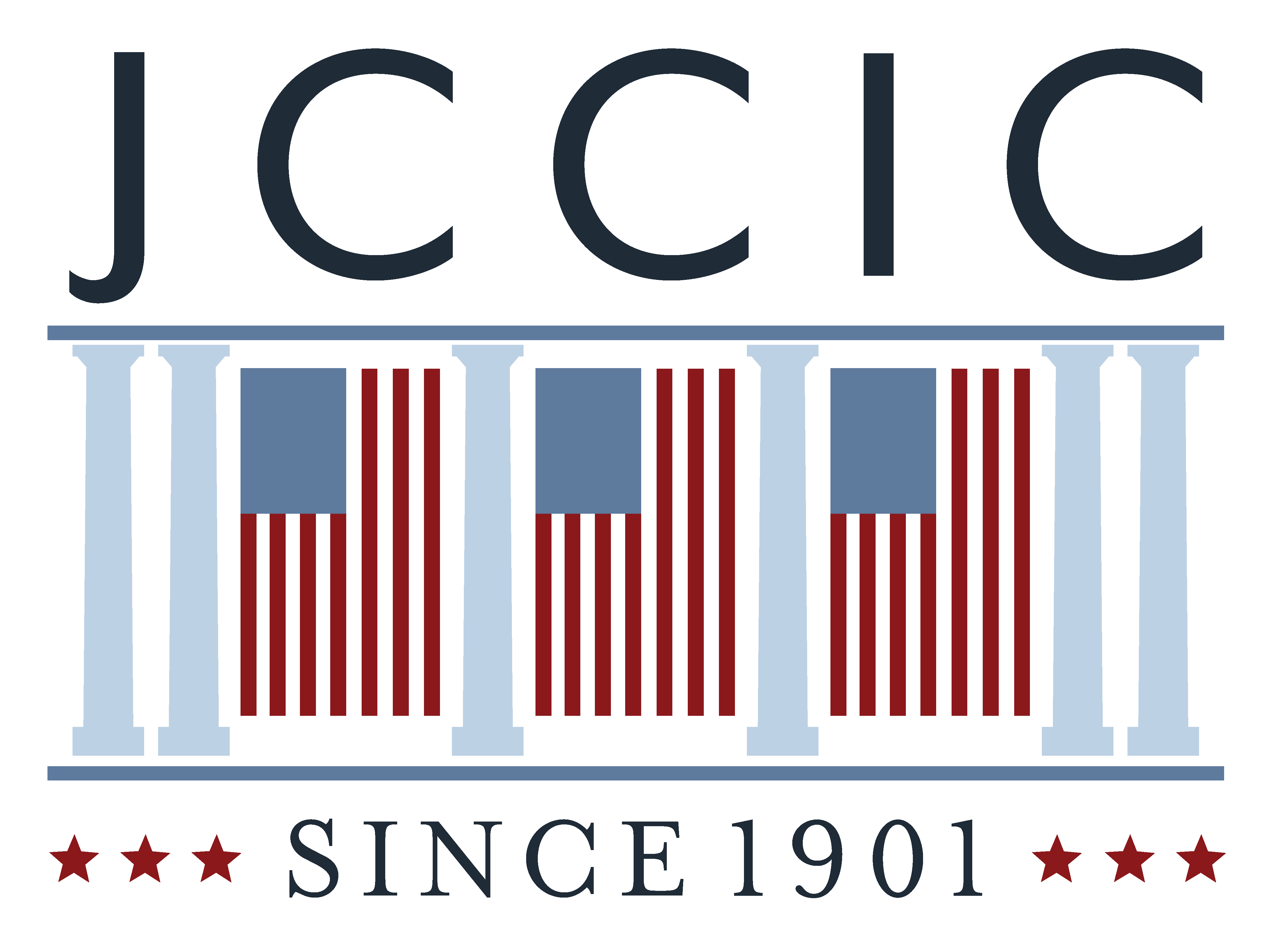Well thank you, Stephen. Probably there’s no temporary job that the Architect of the Capitol has that’s more important than this particular temporary job. More things could go bad more quickly if this isn’t done right than almost any other temporary task you could take on and it’s a privilege for me to work with you and your team and certainly to work with the Joint Committee on the Inauguration. The Inaugural Ceremony may seem to like a routine event, but it really does remain uniquely American as a symbol to the whole world of how we transfer power, how we make it seem so ordinary that it’s truly extraordinary. The peaceful transition between administrations signals that we are an enduring republic.
In 1901, one hundred years after the Inauguration of Thomas Jefferson in the new capital city, the first Joint Committee on the Inauguration was formed to conduct the Inaugural Ceremonies for William McKinley’s second Inauguration. Those traditions have varied some over the years, but their fundamental premise has always been the same. They represent both national renewal and continuity at the same time.
Today we gather, as the Architect has already said, to begin, officially, work on this platform where the President-elect and the Vice President-elect will take the oath of office on January the 20th of next year. It’s an important step, the step we make today, in getting ready for that unique thing that happens here.
Until 1981, every presidential inauguration outside the Capitol was held on the East side of the building. But in 1981, President Ronald Reagan became the first president to be inaugurated on this side of the building. Growing crowds outside were the reason, really, given for the decision to do that, even before President Reagan – was elected it was time to move to this side of the building – where there was more space and the work has to start earlier – than it did in a much more simple platform on the flatter side of the Capitol.
On January the 20th, the nation will see a platform here holding around 1,600 people, including former Presidents, Senators, Representatives, Cabinet officials, Supreme Court Justices, the Joint Chiefs of Staff, Governors of states and Governors of Protectorates, and the Diplomatic corps
The Joint Committee has had a lot of help in their preparations for this. My colleagues on the Joint Committee already introduced but so important in making this effort work on the day it needs to work. To those who will do this work, to the people who actually will drive the nails that matter, thank you for your work on the platform, thank you for the role each of you play in making these ceremonies a success.
In particular, I want to recognize:
- the Architect of the Capitol and his staff
- the Secretary of the Senate and her staff
- the Senate and House Sergeants at Arms and what they’ll be doing to direct the security operations here and others
- the Director of the U.S. Government Publishing Office and her staff
- the U.S. Capitol Police
- the Joint Task Force for the Military District of Washington led by Major General Bradley Becker
- The United States Secret Service
- The Senate and House historians, curators and photographers
- And really volunteers from offices throughout Capitol Hill that will make this work between now and Inauguration Day and on Inauguration day
Today is a milestone in our Inaugural preparations. A lot needs to be done between now and January the 20th, but I’m confident with the continued collaboration, the continued enthusiasm, the continued dedication, and the continued understanding, that this event, the 58th Presidential Inauguration is an event that not only matters here, but what it symbolizes matters all over the world in a peaceful transition of government.
